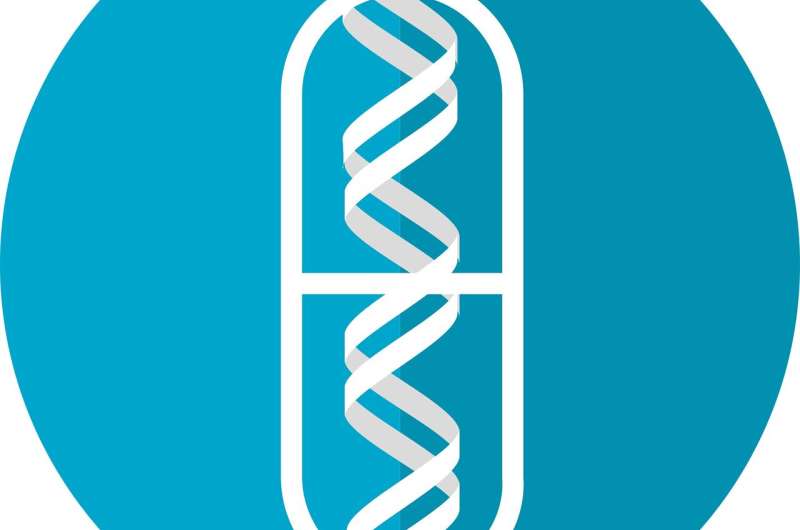
Researchers from the Mitochondrial Medicine Frontier Program at Children’s Hospital of Philadelphia (CHOP) have demonstrated how one combination of therapies may be beneficial for patients with mitochondrial respiratory chain disorders. This preclinical research paves the way to develop more tailored treatment options for patients with inherited mitochondrial disease and acquired energy disorders. The findings emphasize the importance of rational therapeutic modeling to target specific cellular deficiencies and provide proper cellular nutrition as an effective means to manage mitochondrial disease.
The findings were published online by the journal Human Molecular Genetics.
Mitochondrial disease describes a collective group of energy deficiency disorders with no FDA-approved treatments or cures. Approximately 350 different gene disorders have been shown to substantially impair mitochondrial respiratory chain function, an essential process for making energy to power our cells. Respiratory chain function can also become severely disrupted by other genetic conditions, certain medications or environmental exposures, as well as common metabolic disorders, strokes, heart attacks, the aging process, and Alzheimer and Parkinson’s diseases.
In the absence of FDA-approved therapies, many affected patients seek out or are prescribed a wide variety of vitamins, supplements, and enzyme cofactors or “helper molecules” that generally fall into three different treatment classes: antioxidants, metabolic modifiers, and signaling modifiers. However, rigorous clinical trials have not been performed for these compounds to guide the medical community in understanding their comparative safety or benefit in mitochondrial disease patients. Additionally, prior to this study, it was unknown whether the best options were to give specific therapies alone or whether a combination of therapies are actually safe to administer and may work synergistically to provides patients with any direct health benefit.
“We wanted to test unique combinatorial treatment regimens in preclinical models of mitochondrial disease to determine whether they showed any objective and measurable benefit to health, and to learn whether some combinations may be more effective than others,” said senior study author Marni Falk, MD, Professor in the Division of Human Genetics as well as attending physician and Executive Director of the Mitochondrial Medicine Frontier Program CHOP. “This modeling approach would show us where physiology is most improved and take the guesswork out of developing treatment options for our patients.”
The study team, including Mitochondrial Medicine team members Sujay Guha, Ph.D. and Neal D. Mathew, Ph.D., used two translational animal models of mitochondrial respiratory chain complex I disease—the most common biochemical site of dysfunction in mitochondrial disease—to evaluate 11 random combinations of drugs selected from each of the three treatment classes. Of those combinations, only one combination—glucose, nicotinic acid, and N-acetylcysteine—synergistically improved the lifespan of the first model beyond any individual component alone, as well as mitochondrial membrane potential, a quantitative measurement of how well mitochondria perform their essential energy-producing function. Importantly, this combination treatment yielded these survival and cellular physiology improvements without exacerbating any negative side effects, such as oxidative or mitochondrial stress. Validation studies performed in the second model, zebrafish, showed that glucose, nicotinic acid, and N-acetylcysteine combination therapy prevented stress-induced brain death—a sign that this therapy may prevent metabolic strokes such as those that occur with stress in Leigh syndrome and other mitochondrial disease syndromes—and rescued larval zebrafish animal swimming capacity as well as their tissue levels of ATP and glutathione.
Source: Read Full Article
